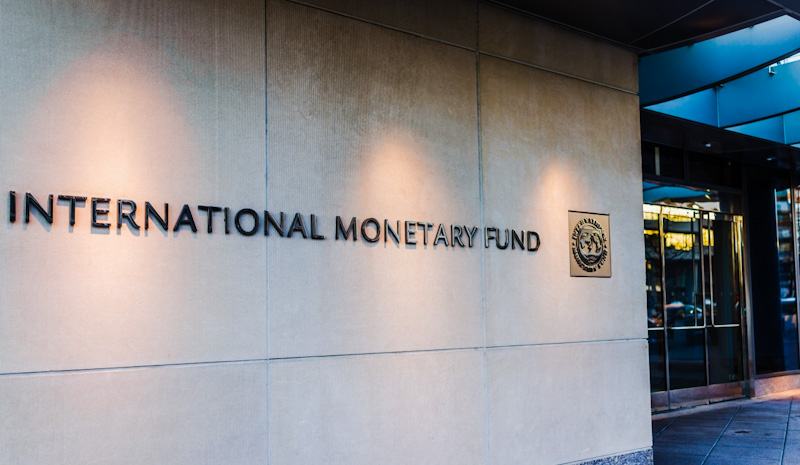This content has been archived. It may no longer be relevant
Kenya seeks Ksh 5 billion and KSh35bn budget aid from the World Bank in new economic relief to strengthen its’s response to the Covid-19 pandemic and recovery phase.
CBK Governor Patrick Njoroge told reporters on Tuesday that they have made a request for an initial $50 million (Ksh5.3 billion) request from the World Bank towards supporting the health sector.
A Ksh.30.1 billion ($300 million) from the World Bank and Ksh.79.5 billion ($750 million) from the International Monetary Fund (IMF).
“These are all official flows; some of them were not on our radar. This is coming to support ongoing emergency response and definitely build into our reserve.”
“While we do not know how the long this pandemic will last, the world is already in a recession meaning that even our GDP growth projection of 6.2 percent no longer holds. We project 4 to 4.9 percent GDP growth, decline to 3.5 percent in the worst-case scenario. It is not a choice. The impacts are what will determine. All we can do is limit the damage,” said Dr. Njoroge, Governor.
Dr Njoroge expressed optimism that the funds will be received in the near term.
“We expect the World Bank and IMF support facilities to begin coming in at the end of April or early May this year,” he said.
In relation to the IMF funds, he said, “This is assistance that doesn’t have the conditionalities of programs.”
The World Bank Group on March 16 pledged KSh8 billion ($80M) to the Kenyan government to combat COVID-19 and desert locusts.
The @worldbank has committed $60M to help GoK respond to #COVID19: $50M from #COVID19 Financing Facility & 10M from Contingency Emergency Response component of Transforming Health Systems for Universal Care Project @citizentv @NationBreaking @K24Tv https://t.co/o3tgUy3kNe pic.twitter.com/MIWk3qQImH
— World Bank Kenya (@WorldBankKenya) March 16, 2020
It will also include policy advice and technical assistance drawing on global expertise and country-level knowledge.
Current account deficit to remain at 4.0–4.6 percent
The Governor also disclosed that they project the current account deficit to remain at 4.0–4.6 percent of GDP in 2020, but the outcome will depend on the duration and intensity of the pandemic, and its impact on exports particularly horticulture, transport and tourism services, and imports.
Besides the sectors being hit hard, ‘there are compensating changes so that our current account doesn’t move dramatically’.
“Oil imports account for over 20 percent of Kenya’s import bill. With declining crude oil prices, our concerns have shifted from inflation to output as lack of space on international flights hit the flower industry, tourism, and horticulture.
Finding an alternative source of imports, away from China requires more work and time,” said Dr Njoroge.
Kenya’s Forex Reserves Slip Marginally to $8,298.4Bn But Remain Adequate Cover




